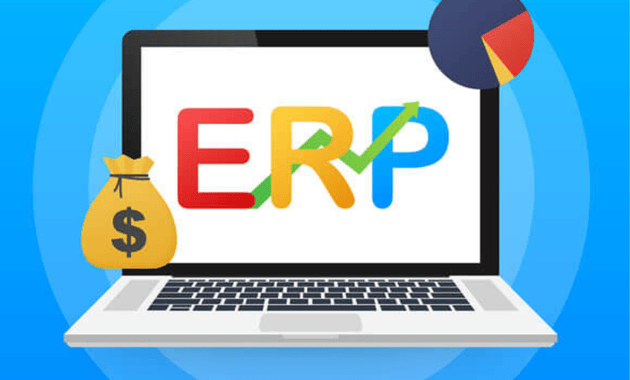Improve the Bottom Line with ERP and Good Website Design
Imagine an easy-to-use website, backed by efficient fulfilment processes, comprehensive commercial functionality and a lean business model that is integrated with back office processes. The result is a seamless customer experience from ordering through to receipt of goods – one that encourages repeat business.
Design Considerations
Your design approach should always start by understanding the unique objectives and challenges of your business and the expectations of your customers, before configuring the right solution for your specific needs.
The design must cater specifically for businesses that need greater control over their online commercial activities, richer functionality to improve conversion and cross selling, together with more powerful integration capabilities with the back office ERP system to support order fulfilment. Take as an example a woman who is browsing on your clothing website looking for a new skirt. When she finds one she likes, the functionality should offer her a selection of matching tops and accessories which she may also wish to purchase. To help the woman choose, the functionality could allow her to dress a virtual model, so that she can see what the complete outfit would look like on her. This would make the customer experience very rich, almost like visiting a real store.
The design should allow your own internal online marketing team to control numerous aspects of your website's appearance and how it works with your customers, making it much easier for your marketing team to rapidly deploy new designs, promotions and campaigns. Some of the user friendly features that enable you to do this are:
- An independent design layer that allows designs to be changed without affecting the software that sits behind it.
- A flexible content management system (integrated with back office as appropriate).
- Support for plug-in modifications so that you can build feature changes yourself and deploy them without risk to the functionality of the site.
The technical architecture must deliver a very rich customer experience within the website. This means that your customers benefit from a virtual store that lives and breathes like a real store, on a platform that is continuously evolving.
Understanding The Customer
Understanding how customers behave online, what motivates them to come to your site versus the competition and which products and services are most appropriate to them gives businesses a clear advantage over the competition.
Integrating this knowledge into the customer journey ensures that you are attracting a qualified audience to the site and providing a streamlined path to conversion. In real terms, it increases profitable sales and revenue through the site.
Using data from web analytics, business intelligence, paid search campaigns, competitive benchmarking tools and search engines, you can analyse the online market within your sector and select keywords and search phrases which will drive both the quality and quantity of traffic to your website. Data gathered from these sources can be categorised and used to answer the following questions:
Existing business insight
- Which products drive the greatest volume, margin and revenue?
- How does seasonality affect the products and services promoted at different times of the year?
- How quickly will products change?
- What stock level considerations are there?
Historical Performance
- Which specific search terms have performed well in the past?
- What are customers actually searching for on the site?
- What can your analytics tell you about previous types of searches and sources of traffic?
Consumer Behaviour
- What are customers actually searching for with their search engines?
- Which are the phrases, variants and types of terms they are looking for?
Competitive Landscape
- Who are your key competitors?
- How strong are their brands in comparison to yours?
Analysing these four categories provides a focus for initial activity in terms of which keywords and phrases are the most relevant to your site. This ensures you are minimising wastage by building on specific products or services that will deliver revenue from the start. Over time this activity can be expanded and optimised, but always in the context of a profitable foundation.
Order Fulfilment and Back Office Integration
Ensuring a seamless customer experience from ordering through to receipt of goods is achieved through effective integration with the traditional order promising and fulfilment processes which are found in the back office. Tight integration between the front end e-commerce system and the back office ERP system is essential to delivering this good customer experience. It is this good experience that encourages the customer to return to your website again and again.
This blog was written by Frank Crewe, Principal Consultant at Lumenia. If you would like further information on ERP and e-commerce please send an e-mail to Frank Crewe.



